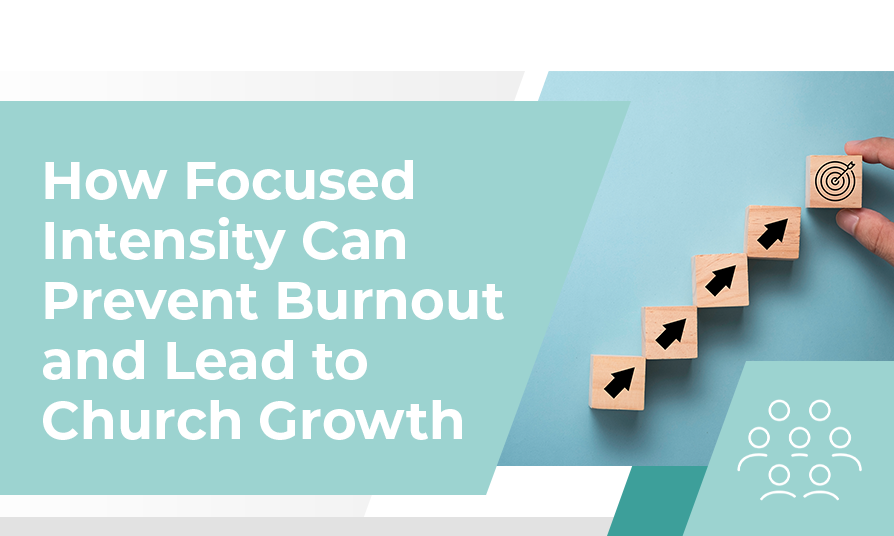How Focused Intensity Can Prevent Burnout and Lead to Church Growth
One frequent cause of ministry burnout involves taking a scattershot approach. That is when you are doing too much with minimal results. This leads to spreading staff and volunteers too thin and burning them out over time. Instead, we need to prevent burnout by focusing on programs or events that consistently reach people with the …
How Focused Intensity Can Prevent Burnout and Lead to Church Growth Read More »

